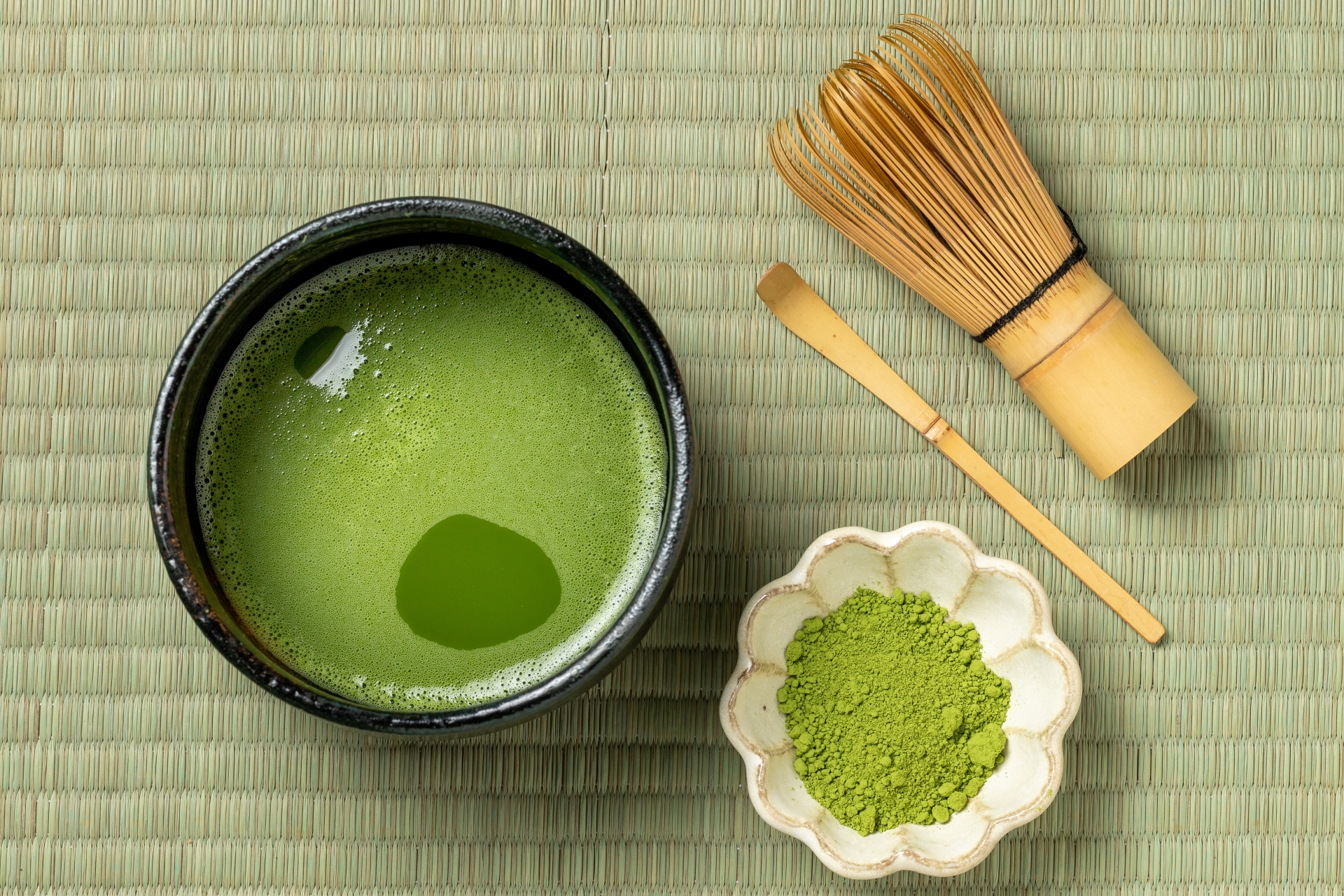The Japanese word omotenashi is often translated as “hospitality,” but its true meaning runs much deeper. From ancient traditions to modern customer service, omotenashi reflects a spirit of selfless care and attention to detail. This article explores the roots, meaning, and real-life applications of omotenashi in Japan—revealing why it’s more than just good manners.
What Does Omotenashi Really Mean?
“Omotenashi” is often translated as “Japanese hospitality,” but this translation only scratches the surface of its true meaning. Linguistically, “omote” means “public face”—the one you show to the outside world—while “nashi” means “without.” Together, omotenashi implies a form of service provided with sincerity, without pretense or expectation of reward.
Unlike Western hospitality, which may be transactional or tied to gratuity (e.g., tipping in restaurants), omotenashi is rooted in the concept of selfless giving. It is not about what the host receives in return, but how they can anticipate and fulfill the guest’s needs with sincerity and care.
Culturally, omotenashi is built upon three interwoven principles:
- Me-kubari (目配り): Watchfulness or being observant to others’ needs before they are voiced.
- Ki-kubari (気配り): Thoughtful consideration and subtle awareness of what someone might need.
- Kokoro-kubari (心配り): Genuine heartfelt attention that makes the guest feel valued.
These values are manifested not through grand gestures, but through small, thoughtful acts—a perfectly folded napkin, a silent bow, or a shopkeeper rushing to hand you your umbrella on a rainy day. This quiet, understated care creates an environment where guests feel genuinely welcomed, often without even realizing why.
The Cultural Origins of Omotenashi

The origins of omotenashi are deeply connected to sado (the Japanese tea ceremony), particularly in the teachings of Sen no Rikyū, a 16th-century tea master who emphasized purity, tranquility, respect, and harmony.
However, some theories trace the roots of omotenashi even further back to Prince Shōtoku (聖徳太子), a 7th-century regent and cultural icon. He promoted Buddhist principles of compassion and harmony in governance and daily life. According to historical interpretations, Prince Shōtoku emphasized treating others with sincere kindness and respect, regardless of status—an ethos that strongly resembles the core of omotenashi.
This early foundation in ethical and spiritual philosophy created a fertile ground for the evolution of Japanese hospitality. Over centuries, these ideas were further refined through practices like tea ceremony and later embedded into Japan’s broader social and service culture.
In the tea ceremony, every detail is carefully planned to make the guest feel honored. From the meticulous cleanliness of the utensils to the seasonal flower arrangements, the host demonstrates anticipation of the guest’s unspoken needs. This tradition sets the foundation for what we now recognize as omotenashi.
Sen no Rikyū’s emphasis on humility, simplicity, and anticipation continues to influence Japanese service culture today. The ceremony is not about impressing the guest with extravagance, but about creating a meaningful, respectful encounter.
These values have permeated Japanese society far beyond the tea room, influencing customer service, workplace etiquette, and even international diplomacy.

Omotenashi in Modern Japan: Where You’ll Experience It

Modern Japan is infused with omotenashi, often in ways visitors may not immediately recognize. It thrives in environments where personal interaction and attention to detail are paramount:
- Hotels and ryokan (traditional inns): Staff may remember your preferences from previous visits, provide you with slippers by the door, or leave handwritten welcome notes.
- Restaurants: Your tea will be refilled without asking. Chefs may craft dishes with seasonal ingredients specifically suited to your profile.
- Train stations: Lost tourists are often approached and guided to their destinations without hesitation.
- Convenience stores (konbini): Items are packed with care, and cashiers offer pleasant, unforced smiles and bows.
Even without speaking English, many Japanese service workers use non-verbal cues—smiles, gestures, tone of voice—to make you feel cared for. Below is a comparison:
| Feature | Omotenashi Service | Typical Western Service |
| Tipping | Not expected | Common practice |
| Anticipation of needs | Proactive | Reactive |
| Communication style | Subtle, often non-verbal | Direct and verbal |
| Personal attention | Quiet, customized care | Often standardized interaction |
| Focus | Guest comfort without expectation | Transactional exchange |


Omotenashi at the Tokyo Olympics and Beyond
During the Tokyo 2020 Olympics, Japan made a concerted effort to showcase omotenashi on a global stage. From multilingual volunteers helping tourists navigate the city to the impeccably designed venues and transportation systems, every aspect of the experience reflected Japanese care and precision.
The term “omotenashi” even became a marketing symbol, highlighting Japan’s commitment to warm, respectful hosting. This visibility led to increased global curiosity about Japanese hospitality and sparked discussions about how omotenashi could inspire service industries around the world.
The Global Relevance of Omotenashi

Omotenashi is not just a cultural tradition—it’s becoming a business strategy worldwide. International companies, especially those in luxury hospitality and customer experience sectors, are studying the omotenashi model to improve their service ethos.
Unlike Western customer service models that often rely on extrinsic motivation (e.g., tipping), omotenashi promotes intrinsic motivation: serving because it is the right thing to do.
Here’s how they compare:
| Attribute | Omotenashi | Western Hospitality |
| Motivation | Intrinsic (selfless service) | Extrinsic (tip, commission) |
| Service model | Anticipatory and relational | Responsive and transactional |
| Cultural emphasis | Respect, humility, harmony | Efficiency, friendliness |
| Guest perception | Subtle, thoughtful | Assertive, engaging |
| Goal | Emotional connection, trust | Satisfaction, retention |
Businesses that adopt omotenashi report higher client satisfaction and loyalty, as customers feel understood and valued rather than just served.


Misconceptions About Omotenashi
Despite its global rise in popularity, omotenashi is often misunderstood. A few common myths include:
- “Omotenashi is only for tourists”: In reality, it’s embedded in daily Japanese life. Locals receive the same quiet attention as visitors.
- “It’s just being polite”: Omotenashi is deeper than politeness; it’s a philosophy centered on empathy and mindfulness.
- “It means serving someone like royalty”: It’s not about status or grandeur but about attentiveness and respect.
Foreign visitors may misinterpret omotenashi as robotic or overly formal. However, once understood, these gestures reveal layers of meaning that convey care and social harmony.
How to Apply Omotenashi in Everyday Life and Business
Whether you’re in the service industry, running a business, or just navigating social life, the principles of omotenashi can transform interactions. Here are some practical applications:
- In customer service: Learn to anticipate customer needs without waiting for a complaint.
- In meetings: Prepare for the guest’s comfort (drinks, seating, atmosphere).
- In daily life: Offer help without expecting thanks, notice unspoken cues from those around you.
How to Practice Omotenashi: 5 Simple Steps
- Observe Carefully (Me-kubari): Notice others’ needs before they voice them.
- Think Ahead (Ki-kubari): Prepare for comfort, remove inconvenience.
- Serve with Heart (Kokoro-kubari): Let care and empathy guide your actions.
- Expect Nothing in Return: Focus on the joy of giving, not receiving.
- Reflect and Improve: After each encounter, think of how you could do better next time.
Omotenashi also aligns with sustainable business practices. It encourages long-term thinking, community respect, and ethical treatment of people and resources. Companies applying omotenashi principles tend to develop deeper customer loyalty, leading to more sustainable growth in sectors like tourism and hospitality.
Conclusion: Why Omotenashi Resonates Beyond Japan
Omotenashi is more than a cultural buzzword—it’s a mindset that emphasizes empathy, humility, and thoughtful action. Rooted in centuries-old traditions, it remains strikingly relevant in today’s globalized world, offering a powerful counterbalance to transactional service models.
Whether you experience it in a Tokyo train station or apply it in your own workplace, omotenashi reminds us of the human side of hospitality. It shows that care, given sincerely and without expectation, resonates across cultures.
“In Japan, I never felt like a customer. I felt like a guest in someone’s home.” — A traveler from New York
Next time you visit Japan, notice the quiet ways omotenashi welcomes you. It may be the bow of a shopkeeper, the warmth of a perfectly-timed gesture, or simply the sense that you’ve been seen and valued—without a single word spoken.









